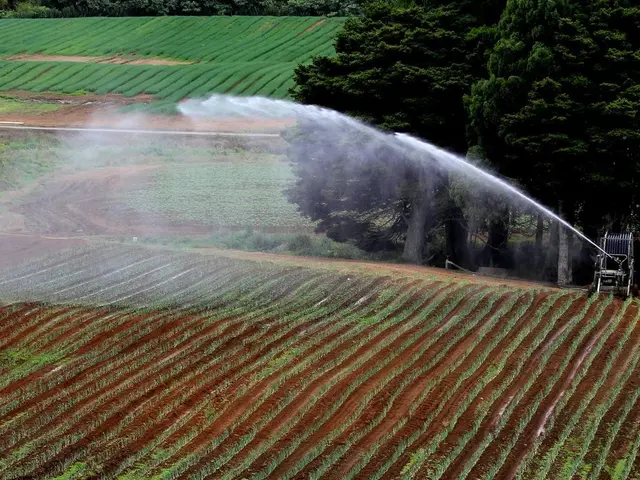A Looming Crisis: Auto Manufacturing at Risk Due to Chinese Rare Earth Export Limitations
Production Concerns Mount Among VDA Over Potential Decrease
The VDA, Germany's automotive industry association, has issued a warning about potential production delays and stoppages as a result of China's restrictive policies on exporting rare earth elements (REEs). According to VDA President Hildegard Müller, China's slow customs clearance process for valid export licenses is causing concern. If the circumstances don't improve promptly, production disruptions and even factory shutdowns may occur, she forewarned during a conversation with Reuters on Tuesday.
The Association for Automotive Innovation in the US issued a similar warning on May 9 about potential production disruptions. China's trade conflict with the US has led the Asian country to enact export restrictions on key materials, such as REEs, which are vital for manufacturing electric motor magnets and sensors. China is the primary supplier of these materials to various companies around the globe. Export permits must be obtained for each contract with foreign companies in China. Although these restrictions primarily affect the US, their impact is felt globally.
Given the gravity of the situation, the VDA has urged the German government and the European Commission to discuss this issue with the Chinese government and find a swift resolution.
Globally, China dominates the production of refined REEs, with a market share of approximately 90%, and controls about 60% of raw production [1][2][3]. The export restrictions have triggered a shortage of these essential materials across several industries, including the European and US automotive sectors, which are already sounding the alarm about dwindling stocks and impending production halts [1][3].
Industry leaders and officials from Europe, Japan, and India are vigorously lobbying for rapid resolution of stalled export licenses. In fact, some European auto suppliers have already initiated the process of closing their plants in response to the restricted flow of critical materials [3].
The restrictions on REEs pose a significant threat to the automotive sector, as these elements are integral to producing electric vehicles (EVs), hybrid vehicles, and components such as electric motors, braking systems, and even traditional vehicle electronics. The ongoing supply crunch could result in production line shutdowns, delays in new vehicle launches, increased costs for consumers, and impede the adoption and innovation of EV technologies [1][3].
Beyond the automotive industry, the shortages of REEs impact defense, aerospace, renewable energy, and consumer electronics, compromising multiple high-tech supply chains [2][3]. As China's rare earth export restrictions continue to create turmoil in global supply chains, governments and industries race against time to find a solution to avert this impending crisis.
| Impact Area | Description ||----------------------------|-----------------------------------------------------------------------------|| Supply Chain Interruptions | Shortages in REEs and related magnets, risks to production line continuity || Cost Increases | Higher prices for components, potential surge in vehicle prices || Production Halts | Plant closures and delays in new vehicle launches || Transition to EVs | Obstacles in the progress of electric vehicle technology || Geopolitical Tension | Intensified pressure on governments to negotiate or develop alternatives |
[1] geopoliticalmonitor.com[2] rareearthsnow.com[3] inserm.fr
- In light of the global uncertainties caused by China's rare earth export restrictions, discussions regarding potential employment policy adjustments and community support for affected industries may become necessary, as the automotive sector's production disruptions could result in job losses.
- With advancements in technology playing a significant role in increasing the integration of sports, electric vehicle (EV) manufacturing, and renewable energy, the ongoing global REE shortage could potentially slow down the development of new sports technology that relies on REEs for components such as sensors and magnets, affecting various sports equipment and infrastructure.








